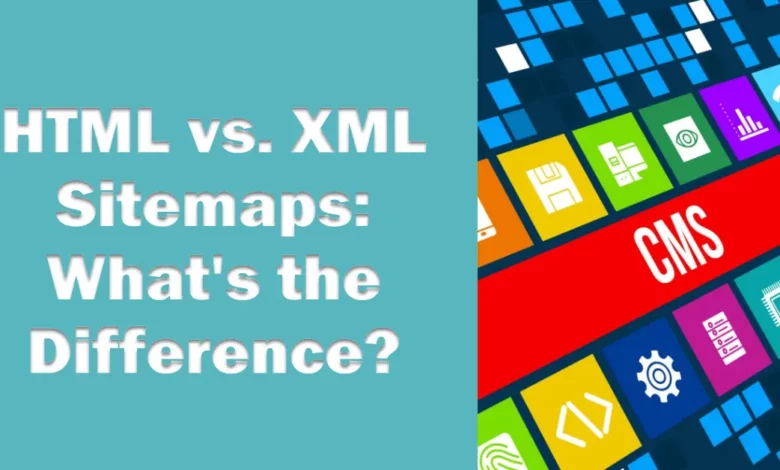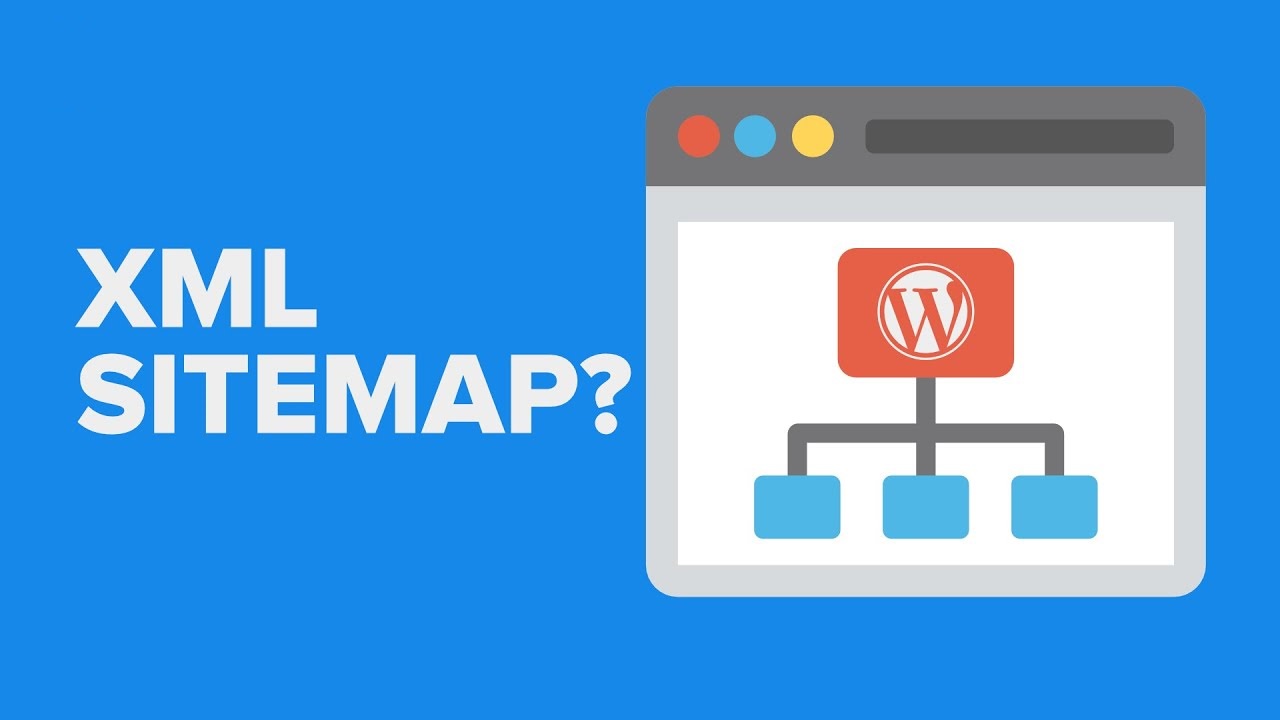
In the vast expanse of the World Wide Web, where websites number in the billions and content is generated at an astonishing rate, effective website navigation and search engine optimization (SEO) have become paramount. Two tools that play a crucial role in these aspects are HTML sitemaps and XML sitemaps. While they might sound similar, they serve distinct purposes and cater to different audiences—humans and search engine crawlers, respectively.
Today the experts of one of the best web design companies in Delhi brings you the differences, benefits, and best practices of HTML sitemaps and XML sitemaps, helping you understand how they contribute to a seamless online experience.
By understanding the differences and benefits of HTML and XML sitemaps, website owners and administrators can create a more user-friendly experience, enhance accessibility, and optimize their websites for better search engine visibility. Incorporating both types of sitemaps into your web development and SEO strategy can lead to a harmonious balance between catering to human visitors and ensuring search engine success.
The Basics: What Are HTML Sitemaps and XML Sitemaps?
HTML Sitemaps
An HTML sitemap, as the name suggests, is a visual representation of a website’s structure and content, designed primarily for human users. It’s a webpage that lists all the links to various pages on a website in a hierarchical manner. This type of sitemap provides a condensed overview of the website’s layout, making it easier for visitors to find the information they’re looking for quickly.
HTML sitemaps are typically organized categorically, reflecting the site’s main sections and sub-sections. They are commonly linked in a website’s footer or header, allowing users to access them from any page. HTML sitemaps can include brief descriptions for each link, helping users understand the purpose of each page before they click on it. This kind of sitemap enhances user experience and accessibility, particularly on larger websites with complex structures.
XML Sitemaps
In contrast, XML sitemaps are geared toward search engines and other web crawlers. An XML sitemap is a file that provides detailed information about the pages on a website, including their URLs, the date of last modification, and the relative importance of each page. This file is submitted directly to search engines to help them understand the structure of a website and index its pages more efficiently.

XML sitemaps do not directly influence how a website is displayed to users; instead, they provide crucial metadata to search engines. This metadata helps search engine bots crawl and index a site’s pages effectively, ultimately improving its visibility in search engine results pages (SERPs). XML sitemaps are an essential tool for SEO, ensuring that search engines discover and index all relevant pages of a website.
Advantages and Best Practices Of HTML Sitemap
Advantages
User-Friendly Navigation
HTML sitemaps offer a user-friendly way for visitors to explore a website’s structure and content. This is particularly helpful for new users who might not be familiar with the site’s organization.
Accessibility Boost
HTML sitemaps improve website accessibility, making it easier for users with disabilities to navigate and find relevant content.
Improved SEO
While HTML sitemaps don’t directly impact search engine rankings, they contribute indirectly by enhancing user experience. When users find it easy to navigate a website, they are more likely to spend more time on it, reducing bounce rates and increasing the potential for valuable engagement metrics.
Internal Linking
Creating an HTML sitemap encourages webmasters to think about their website’s internal linking structure. Well-organized internal linking can improve the flow of link equity (SEO value) throughout the site.
Best Practices
Keep It Organized
Organize the HTML sitemap logically, mirroring the website’s structure. Use headings and subheadings to create a clear hierarchy.
Limit the Number of Links
While an HTML sitemap is meant to be comprehensive, avoid overwhelming users with an excessive number of links. Focus on including important pages.
Use Descriptive Text
Include brief and informative descriptions for each link. This helps users understand what each page is about before they click.
Update Regularly
Keep the HTML sitemap up to date as new pages are added or old ones are removed. This ensures that users are always directed to accurate and relevant content.
Advantages and Best Practices of XML Sitemap
Advantages
Search Engine Crawling Efficiency
XML sitemaps function as a guide for search engines, outlining a website’s page layout and aiding in the efficient discovery and indexing of its content.
Priority and Frequency Information
Webmasters can assign priority and update frequency values to pages in an XML sitemap, indicating which pages are more important and how often they are updated. This can guide search engines in prioritizing their crawling efforts.
Indexing Deep Pages
XML sitemaps are particularly useful for websites with pages that are not easily accessible through regular navigation, such as dynamically generated pages or pages with complex URL structures.
Best Practices
Include Relevant URLs
Only include URLs that you want search engines to index. Exclude duplicates, non-canonical URLs, and pages with noindex or nofollow tags.
Follow XML Sitemap Protocol
XML sitemaps have a specific protocol that needs to be followed. Ensure that your XML sitemap adheres to this protocol to avoid errors.
Regular Updates
Keep the XML sitemap updated with the latest information about your website’s pages. This helps search engines reflect changes accurately in their indexes.
Submit to Search Engines
Submit your XML sitemap directly to search engines through their respective webmaster tools or search console interfaces. This notifies search engines about your sitemap and allows you to monitor indexing status
Final Words
HTML sitemaps and XML sitemaps, though distinct in purpose, are both essential components of effective website management and optimization, further added by the best web design institute in GTB Nagar Delhi. HTML sitemaps cater to human users, providing an organized and easily navigable overview of a website’s structure. On the other hand, XML sitemaps are designed for search engine crawlers, offering crucial metadata that aids in efficient crawling and indexing.








your blog is very nice.